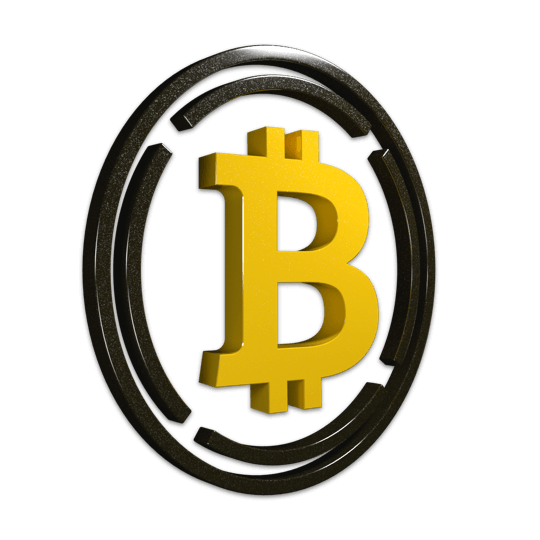
George Spencer
Everything to Know About Wrapped Bitcoin (WBTC)

Wrapped cryptocurrencies like WBTC make it possible to use crypto assets like Bitcoin on different blockchains. Crypto asset holders can use this interoperability feature to engage in decentralized finance apps. As a result of increased involvement in decentralized apps, smart contract platforms’ liquidity will improve. Read on to know more about WBTC and other wrapped cryptocurrencies.
What is WBTC?
Wrapped Bitcoin is an Ethereum-based ERC-20 token that symbolizes Bitcoin (BTC). WBTC’s connectivity with Ethereum wallets, dapps, and smart contracts is a significant benefit. 1 Bitcoin can be changed to 1 Wrapped Bitcoin through a WBTC partner, and vice versa. The wrapped token was created to allow Bitcoin users to engage in Ethereum-based decentralized finance (DeFi) apps.
The BTC that underpins WBTC is publicly verifiable thanks to a “proof of reserve” system that validates the 1:1 relationship between produced tokens and Bitcoin held by custodians. The WBTC DAO, which now has over 30 members, is responsible for the upkeep of WBTC. BitGo, Ren, and Kyber were the initial founders.
History
BitGo Inc, Kyber Network, and Renda were the first to design the wrapped bitcoin protocol (formerly Republic Protocol). The wBTC whitepaper was posted on January 24, 2019, and the token was launched on January 31, 2019, with eight businesses supporting bitcoin-to-wBTC transactions. Following that, more merchants joined.
A decentralized autonomous organization oversees the wBTC protocol (DAO). The wBTC DAO has 17 members as of this writing, representing interests from all throughout the DeFi ecosystem. Members of the Wrapped Bitcoin DAO each have a key to the system’s multi-signature wallet. Members may use these keys to vote on whether to add or delete members, as well as make modifications to the smart contracts that underpin the system.
On the Ethereum and Bitcoin blockchains, the public may watch the minting and burning of wBTC. BitGo analyzes the system on a regular basis and starts a proof of reserve transaction on the Bitcoin blockchain, which allows users to verify the validity of bitcoin reserves. The creation and deployment of wBTC shows that Bitcoin and Ethereum interoperability is facilitating DeFi’s growth and has the potential to bring value to consumers in the fast developing crypto ecosystem.
How it Works
Let’s assume you’re already familiar with Bitcoin and are eager to get started with DeFi apps. But there’s a snag! Between Bitcoin and Ethereum, there isn’t much of a cryptocurrency bridge. Wrapped BTC contributes to the solution of this problem by providing much-needed liquidity to DeFi protocols.
Wrapped Bitcoin is an ERC-20 token that is backed by Bitcoin in a 1:1 ratio. They might be compared to stablecoins in certain aspects, even if Bitcoin isn’t usually extremely stable.
When Bitcoin is wrapped, the BitGo Trust stores the cryptocurrency in a reserve. The quantity of WBTC in circulation has been made public, along with verification that Bitcoin, the underlying asset, is being securely held in custody, in order to be totally transparent (something that previous stablecoins have difficulty with).
WBTC may be stored (and unloaded) in wallets like those offered by CoinList.
Benefits
- Traders: Transferring bitcoin in wBTC form between exchanges is substantially quicker than converting bitcoin to other DeFi-supported tokens. As a consequence, traders will find it simple to engage in DeFi protocols. As the types of collateral and trade volume rise, this also enhances liquidity in DeFi protocols.
- Institutions: It might be difficult to manage several cryptocurrencies across different nodes and transaction types. So, using the ERC-20 token wBTC, just one Ethereum node is needed, streamlining transaction operations.
- Decentralized Applications: DeFi applications may now use bitcoin payments via smart contracts for lending, fund management, prediction markets, and token sales, among other things.
Latest
Altcoins
09 May 2024
Altcoins
19 Apr 2024
Altcoins
16 Jan 2024
Altcoins
31 Aug 2023
Altcoins
24 Jun 2023
Altcoins
24 Jun 2023













